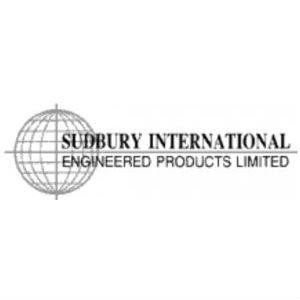 Commissioning and inspection advice for Sudbury International ducting expansion joints
Commissioning and inspection advice for Sudbury International ducting expansion joints
March 26, 2019 REDWIRE is news you can use from leading suppliers. Powered by FRASERS.
Posted by Sudbury International Engineered Products Limited
Expansion Joints, (fabric, metal, rubber, dog-bone), Automatic Recirculation Valves For Pumps, Specialty Sootblowers, Se... Read more
Subscribe
Free REDWIRE e-newsletter

Commissioning and inspection should come after installing Sudbury International expansion joints.
Sudbury International Engineered Products Limited is a valuable Canadian source for non-metallic ducting expansion joints. The Fluid Sealing Association (FSA) in the United States offers loads of great advice on how to use, handle, and install these joints – and that includes the commissioning and inspection stages that come after their installation.
Once a user has installed Sudbury International expansion joints, it is wise to check that these installations have been performed correctly.
The Final Walk Down
According to the FSA, the customer should have a representative of the original expansion-joint manufacturer conduct a “Final Walk Down” inspection of the installation before starting up the system. The rep should verify installed dimensions, bolt torques, and general installation condition.
Following this commissioning stage is post-commissioning inspection. When non-metallic ducting expansion joints are heated, their components settle. So users should re-tighten their bolts soon after system start-up, no later than the first shutdown. While Sudbury International fabric expansion joints require no maintenance, they should be inspected regularly for signs of damage. FSA suggestions:
- Inspect the entire ducting system for misalignments and offsets that exceed installation tolerances;
- Check the joint location, installed face-to-face and flow directions;
- Check if the joint shipping bars were removed following installation;
- Make sure all bolts and flanges have been tightened properly;
- Inspect the surface of the flexible element, ensuring that it is free of defects, damage, or surface debris;
- Make sure there are no obstructions around the joint that could prevent airflow and cause the flexible element to become overheated; and
- Ensure that the duct breach cavity is free of debris.
Periodic in-service inspection is also recommended. Conduct visual inspection to check that non-metallic ducting expansion joints are in the hot position right after system start-up. Periodic visual inspection must be conducted through the joint’s operating life, at least thrice a year. Users should also check for loose bolts, discoloration of the flexible element’s outer surface, leakage, mechanical damage, condensation, and frame cracks. Always contact the manufacturer right away upon signs of malfunction, damage, or deterioration.
For more information, contact Sudbury International.
Share
Posted by Sudbury International Engineered Products Limited
Expansion Joints, (fabric, metal, rubber, dog-bone), Automatic Recirculation Valves For Pumps, Specialty Sootblowers, Se... Read more
